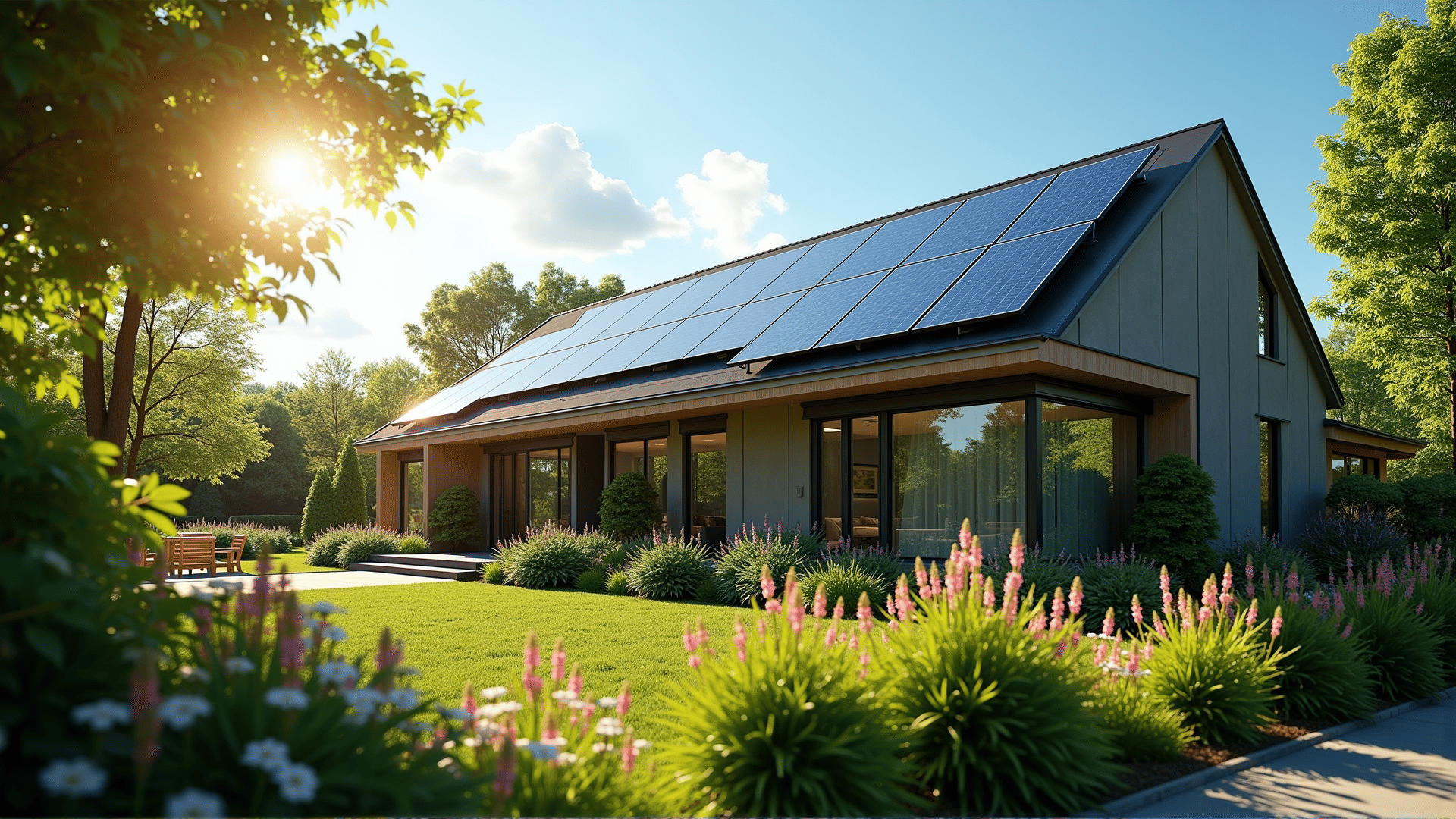In recent years, there has been a growing trend toward adopting environmentally sustainable practices, with homeowners increasingly seeking to reduce their carbon footprint. One of the standout developments in this movement is the integration of solar technology into residential areas. This innovative approach not only allows homeowners to harness clean energy but also offers significant improvements in energy efficiency and cost savings.
Advancements in solar panel technology have played a crucial role in making solar energy more accessible to homeowners. Modern panels are more efficient than their predecessors, capable of converting a greater percentage of sunlight into usable electricity. This increase in efficiency means that even homes with limited roof space can generate substantial amounts of energy, significantly lowering reliance on traditional power sources.
Moreover, the aesthetics of solar panels have evolved as well. Today, manufacturers offer a variety of designs, including sleek, low-profile panels and roof-integrated solutions that blend seamlessly with different architectural styles. This ensures that homeowners can maintain the aesthetic integrity of their properties while enjoying the benefits of solar power.
Another major innovation lies in energy storage systems. By pairing solar panels with advanced battery solutions, homeowners can store excess energy generated during the day for use at night or during periods of low sunlight. This capability not only provides greater energy security but also maximizes the use of solar power, further reducing electricity bills.
In addition to technological advances, financial incentives play a significant role in promoting residential solar energy. Many governments offer tax credits, rebates, and other financial benefits to encourage homeowners to make the switch. These incentives significantly reduce the upfront cost of installation, making solar power an economically viable option for a broader range of households.
Furthermore, the increased interest in renewable energy has spurred the development of community solar projects. These projects allow homeowners who may not be able to install panels on their own roofs—due to shading, structural issues, or cost constraints—to invest in shared solar farms. Participants can then receive credit on their electricity bills for the energy generated, making solar power accessible to more people.
By embracing these innovative solar solutions, homeowners can effectively reduce their environmental impact while also achieving greater energy independence. As technology continues to advance and costs decrease, the future of residential solar energy looks bright, promising a sustainable and economically sound choice for homeowners worldwide.
